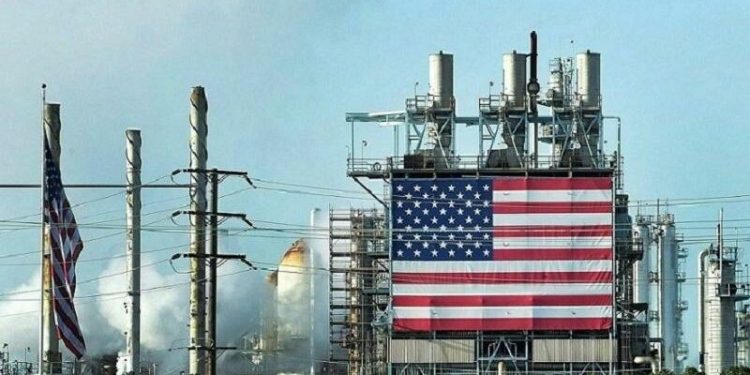Oil prices slipped further on Thursday, weighed down by a combination of rising U.S. fuel inventories, Saudi Arabia’s price cuts for Asian buyers, and growing global economic uncertainty.
At 0630 GMT, Brent crude futures fell by 1 cent to $64.85 per barrel, while U.S. West Texas Intermediate (WTI) declined by 11 cents, or 0.2%, to $62.74 per barrel. The drop follows a roughly 1% loss on Wednesday, triggered by official data showing a larger-than-expected build in U.S. gasoline and distillate stockpiles, signaling softer demand in the world’s largest oil-consuming economy.
Adding further pressure to the market, Saudi Arabia—the world’s top oil exporter—lowered its July crude oil prices for Asian buyers to levels nearing a four-year low. Though the price cut was smaller than anticipated, analysts at ANZ noted that it underscores concerns about weaker demand, even as the market enters what is typically a peak consumption period.
“This move suggests demand is soft despite entering the peak demand period,” ANZ analysts said in a research note.
The Saudi price adjustment follows the OPEC+ decision over the weekend to raise output by 411,000 barrels per day in July. The coalition, which includes members of the Organization of the Petroleum Exporting Countries (OPEC) and allies such as Russia, is cautiously increasing supply as it monitors global demand recovery.
Overall, oil markets remain under pressure, as supply-side actions meet tepid demand signals in a fragile economic environment.


















